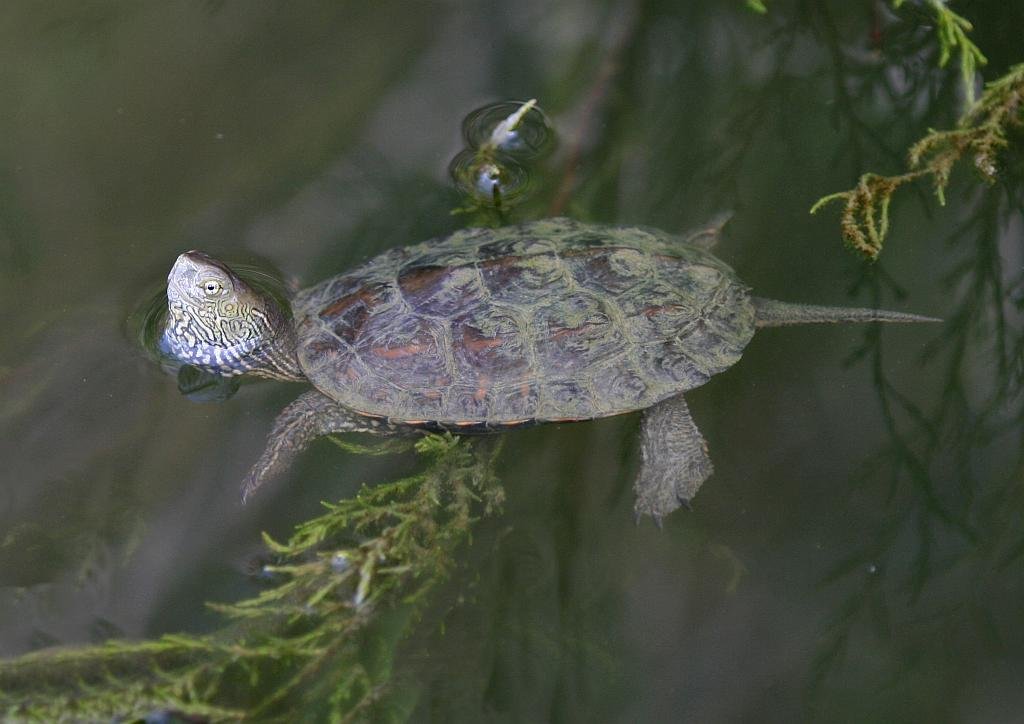- Spanish: Galápago de Florida, Tortuga de orejas rojas
- Scientific: Trachemys scripta elegans
- English: Red eared terrapin
An invasive species, the red-eared terrapin (Trachemys scripta elegans), also known as the red-eared slider, red-eared slider turtle, red-eared turtle, slider turtle, and water slider turtle, is a semiaquatic terrapin belonging to the family Emydidae.
I’ve been living in this lovely area of Western Andalucia for the last 20 years or so and dedicate most of my time to the running of English language tourist information websites for the towns of Cádiz, Ronda, Grazalema, the famous or infamous Caminito del Rey, and also Wildside Holidays, which promotes sustainable and eco-friendly businesses running wildlife and walking holidays in Spain. My articles contain affiliate links that will help you reserve a hotel, bus, train or activity in the area. You don’t pay more, but by using them you do support this website. Thankyou!

